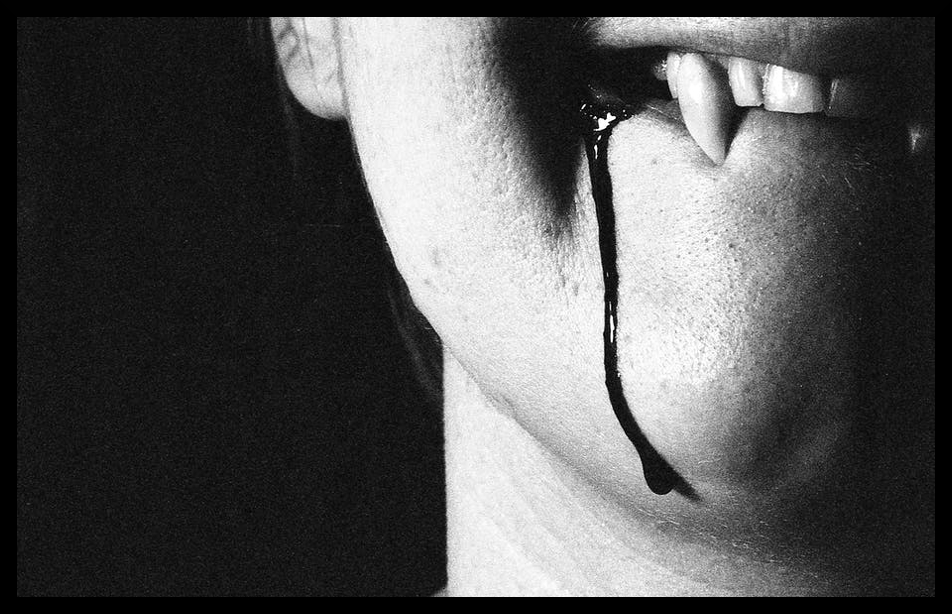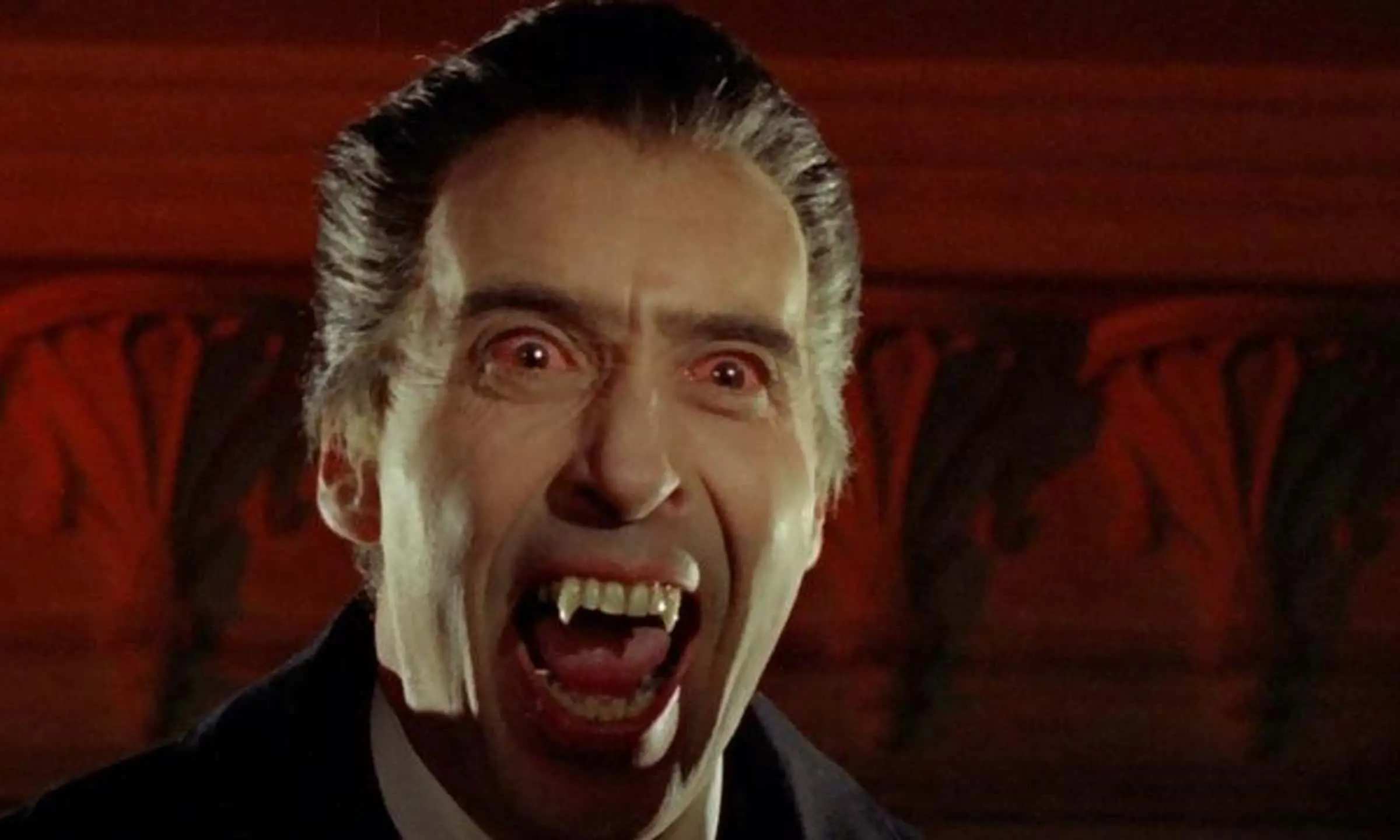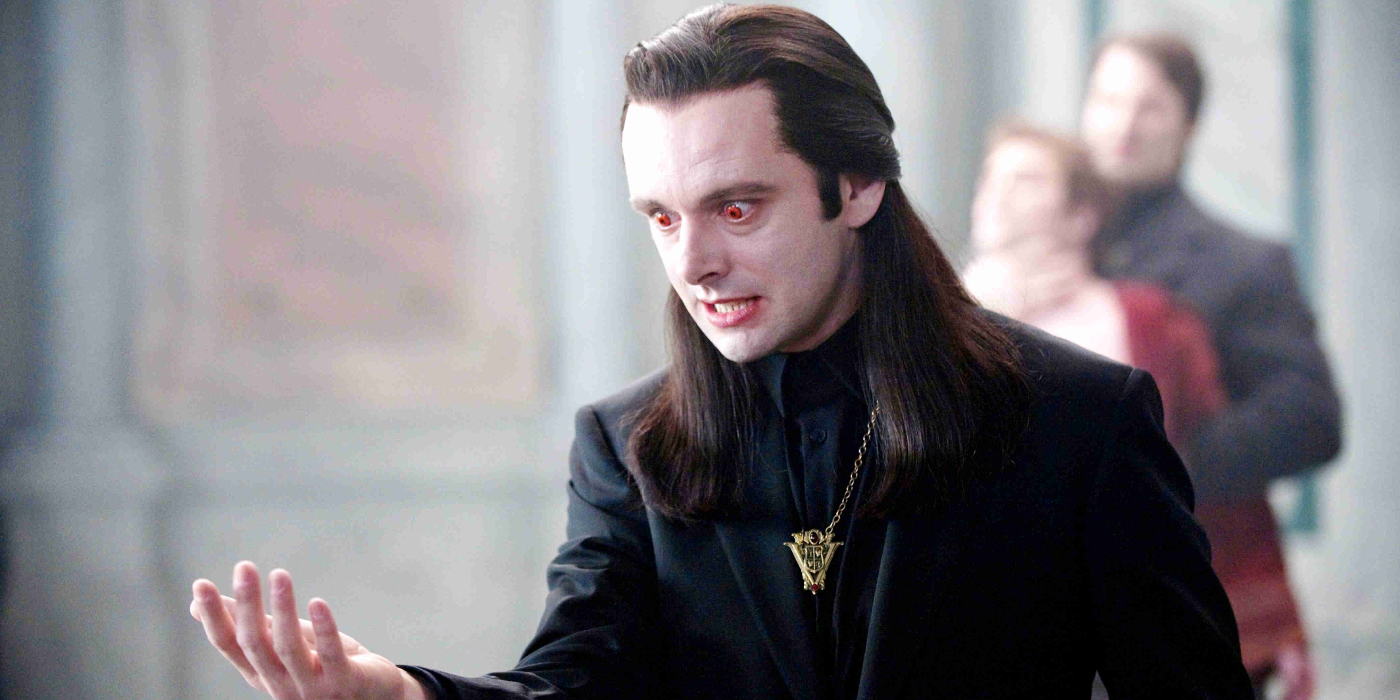Are you a fan of vampire stories, movies, or TV shows? Have you ever wondered where the vampire legend originated? Learn the fascinating history of vampires and how they evolved as you keep on reading.
The myth of vampires has been around for centuries, and it has evolved and adapted to different cultures and societies.
From ancient Mesopotamia to modern-day pop culture, these creatures of the night have fascinated and terrified people all over the world. Also, the myth of vampires has evolved, but it remains a pervasive and powerful symbol in our culture.
As you keep on reading, you get to know the origins of the vampire myth and how it has been shaped by different cultures and societies throughout history.
How Did Vampires Start?
The origins of the vampire myth are shrouded in mystery and folklore. Interestingly, there are many different versions of the vampire legend.
Vampire origins can be traced back to ancient civilizations such as the Babylonians, Assyrians, and Greeks. In addition, the belief in vampires can be linked to the fear of death and the unknown, as well as the desire for immortality and power.
In addition, one of the earliest mentions of vampires can be found in the Epic of Gilgamesh, an ancient Mesopotamian poem. According to the story, the goddess Ishtar threatens to unleash the dead from the underworld to feast on the living.
Also, similar tales of undead creatures feeding on the blood of the living can be found in other ancient cultures, such as Egypt and Greece.
In addition, the modern concept of the vampire, however, can be traced back to Eastern Europe in the 18th century.
The word “vampire” is derived from the Serbian word “vampire”. Which also means “a revenant who feeds on the blood of the living”. Also, the folklore surrounding vampires in Eastern Europe differed greatly.
Originally, vampires were seen as evil, undead creatures that could spread disease and bring bad luck to a community.
The Evolution of the Vampire Mythology
The vampire mythos has evolved and changed over time, reflecting the fears and anxieties of different cultures, regions, and societies. In the 19th century, the vampire myth was popularized by Gothic literature.
Interestingly, this Gothic literature was inspired by authors such as Bram Stoker and Sheridan Le Fanu. Also, these outstanding authors created iconic vampire characters that still resonate with readers today.
In addition, In the 20th century, the vampire myth was adapted and reimagined in movies, TV shows, and comics. Also, from the classic horror movies of the 1930s to the campy TV shows of the 1960s and 70s, vampires became a staple of popular culture.
Today, the vampire mythos continues to evolve and adapt, with new takes on the vampire myth emerging in books, movies, and TV shows.
Related Searches:



